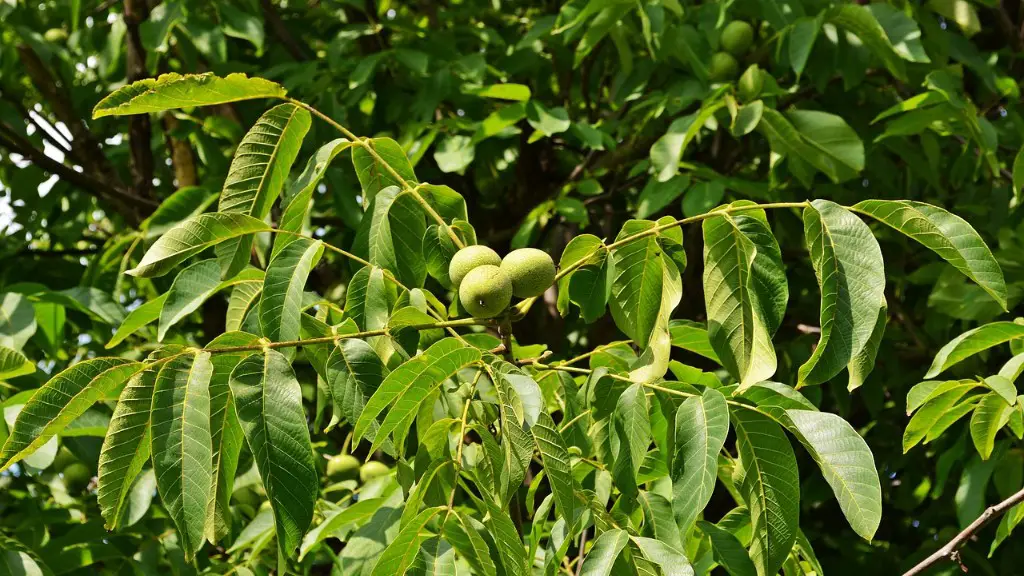Caring for an Avocado Tree
When you have an avocado tree, the warmth of the sun is an important factor in the growth and development of the plant. After the tree has been pot-grown for a while, the next step is to move it outside. However, it’s important to do this at the right time of year.
The ideal time to move your avocado tree outside is in late winter or early spring, when the risk of frost begins to lessen. The tree should be hardened off or acclimated to its new outdoor environment for two or three weeks before transplanting so that its leaves and branches can adjust to the temperature, light and wind.
When caring for avocado trees, one important factor to consider is that they don’t enjoy transplanting and typically take a year or two to recover. Therefore, you want to make sure that your tree has the best start possible. For optimal growth, the tree should be planted in slightly acidic, well-draining soil with plenty of organic material, ideally amended with compost in the upper 6 inches of soil. It’s also important to remember that avocado trees need sunlight and space to thrive.
Experts recommend waiting until you’re absolutely sure there’s no danger of frost in the evening hours before moving your tree outside. Though it might be tempting to do it sooner, a few days of cold temperature can cause serious damage, including browning and wilting of leaves. The tree should be moved back inside if temperatures drop below 32 degrees Fahrenheit.
It’s also important to remember that avocado trees prefer light frost and cool nights above all else. If you live in a harsher climate, it is possible to protect your plant from the cold by placing a waterproof cover over the tree during frosty nights and in the case of colder winter temperatures. Simply remove the cover in the morning.
Watering the Tree
To ensure your tree stays healthy and can withstand cooler temperatures, it’s important to supply a consistent amount of water. During its first year outside, the soil should be kept consistently moist but not saturated. Young trees should be given regular deep waterings every 1-2 weeks and in particularly hot weather, up to three times a week.
The ideal way to water your avocado tree is to provide enough water so that the soil is completely saturated, then wait until the soil has almost completely dried out before watering again. When watering newly planted trees, it is also important to keep the soil moist until the tree establishes itself.
Fertilizing the Tree
As with most plants, avocado trees will benefit greatly from regular fertilizing. Experts recommend using a fertilizer that is high in nitrogen, phosphorus, and potassium. Nitrogen is important for the growth of new leaves and the development of strong roots, while phosphorus helps the plant take in nutrients more efficiently. Potassium aids in the overall health and overall disease resistance of the tree.
The amount of fertilizer varies depending on the size and age of your tree, as well as the fertility of its planting soil. When fertilizing, it’s important to use small amounts of fertilizer and spread it around the root area rather than concentrating it in one spot.
Pruning the Tree
Pruning your avocado tree can help encourage the growth of larger fruit and promote better air flow within the branches. Pruning is also important for removing any dead or damaged branches, as well as any branches that are overcrowding the center of the tree.
A good rule of thumb is to prune in late winter or early spring, just before the tree begins to flower. When pruning, make sure to use clean and sharp pruning shears or saws, as this will help reduce the chances of diseases, pests, or mechanical damage.
Supporting the Tree
As avocado trees get larger, they become more top-heavy and difficult to support. To ensure their stability and prevent the tree from toppling over, it is important to provide a sturdy base.
When setting up the support system, it’s best to ensure that the pole or stake is securely embedded into the soil and that it is supported by several other stakes at different angles. This will ensure that the tree is held upright and that it is able to withstand strong winds and shift in soil.
Protecting the Tree
Avocado trees also need protection from pests and diseases, as well as from wind and frost damage. To prevent pests from spreading, it’s important to keep the area around the tree clean, as well as to check for and remove any diseased or dead branches.
It’s also important to protect the tree from any strong winds. If your tree is exposed to strong gusts of wind, it can cause damage to the roots and branches and lead to a weakened tree. To protect the tree against the wind, it’s important to use strong supports and to keep the branches trimmed.
Conclusion
When you move your avocado tree outside, it’s important to consider various factors such as temperature, light, water, and soil fertility. By following the steps outlined above, you can ensure that your tree has a successful transition outside that will promote healthy growth and abundant fruit yields.
